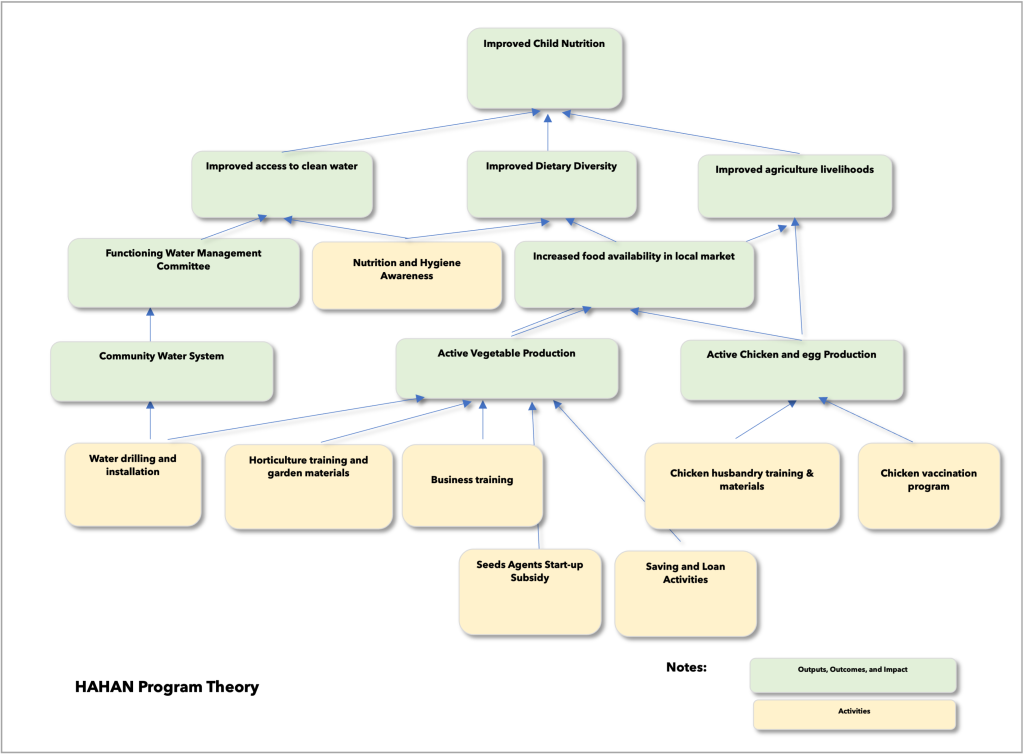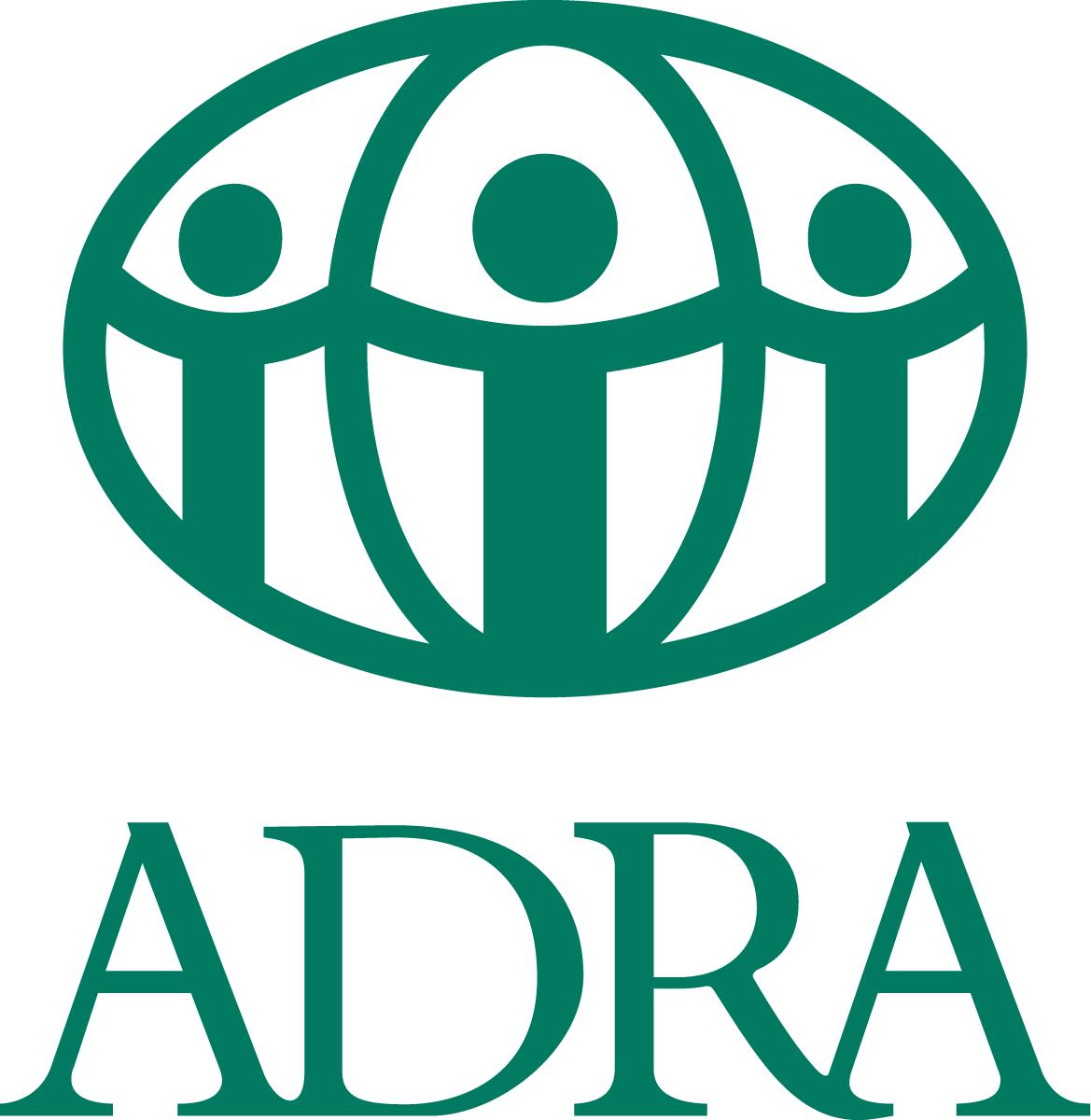After becoming an independent country in 2002, Timor-Leste is one of the world’s newest nations with a population of 1.3 million. Timor-Leste ranks 141 out of 189 countries on the 2020 Human Development Index with more than 45% of people living in poverty. This is the highest number in Southeast Asia.
In its 2013-2020 Strategic Development Plan, the government of Timor-Leste set a goal that “by 2020, rural communities will have adequate food, either directly from agricultural production or through other employment and commercial activities and that this will be achieved through improved farming practices and actions to boost the production of specific crops.” Furthermore, “by 2030, all citizens in Timor-Leste will have access to clean water and improved sanitation”.
Although the country has made significant developmental progress, Timor-Leste still experiences some of the highest rates of under-nutrition in the world where 47% of children under five (U5) years of age are stunted. Timor-Leste is a food-deficit country that imports 60% of its food, and agricultural productivity is low. Farming in Timor-Leste is mostly for subsistence purposes with basic inputs generally being unpaid family labor, small landholdings, basic tools, and reliance on rainwater.
In 2019-2022, ADRA Timor-Leste, with the support of ADRA Australia, implemented the ANCP-funded Hamutuk Hadia Nutrisaun Familia (Together Improve Family’s Nutrition) or HAHAN Project in 7 villages in Viqueque Municipality benefiting 17,281 people (49% female). The project addressed several important drivers for under-nutrition throughincreasing food available for consumption, diet diversity, and access to water and sanitation.
HAHAN Final Evaluation Report in 2022 showed a 2.8% increase of U5 nutrition rates in the target communities and a 21% increase in diversity of foods consumed by households. The main contributors to the achievement of this impact are:
a) increase of diverse vegetables planted in kitchen gardens and sold, 38.8% and 43.3% respectively.
b) increase in the number of households growing vegetables themselves from 72% to 89%.
c) Year round 40–60% of the vegetables produced are consumed in house.
d) Increase in sourcing vegetables from market or neighbors, suggesting an increase in demand within communities.
By the end of the project, 66 households (20 people with disabilities) were still active in commercial food production such as horticulture and chicken and egg production. Those with disabilities were mainly involved in local chicken production. 18 Savings and Loan Groups (SLGs) (69% female members) are active, although the SLGs are not used as much for business loans as intended but provide an important fall back to supplement food in hard times and to pay education fees.
In December 2022, six months after the project’s end, ADRA Timor-Leste conducted a sustainability evaluation that found: 60% of the water committees are still operating, 100% of the SLGs are still active with an average saving of $4,668 per group, 100% of the chicken husbandry are still operating, and 75% of the input supply agents are still operating.

The effectiveness and impact of the project is built on the combination of addressing the community felt needs that motivate people; provision of small-scale water systems; horticulture gardens that match Timor’s dry climate; strong local leadership; technical skills brought by the ADRA team; and to a lesser extent, the support of government partners. This project is a small, localized project in Viqueque Municipality, but it has potential to be expanded given its high impact/effectiveness to address agriculture and nutrition issues.
Author: Marsaulina Parsaribu, ADRA Timor-Leste
Photo: © 2022 ADRA Timor-Leste
*This article was featured in ADRA Asia Regional Office’s quarterly Magazine ADRA Asia Focus V3N2
Visit the ADRA Timor-Leste website to learn more: https://adra.tl/





